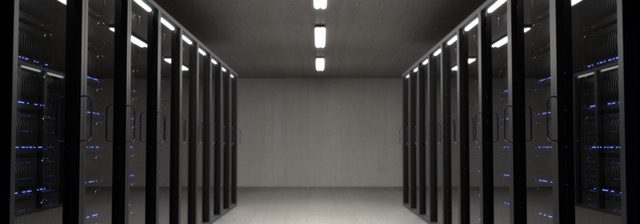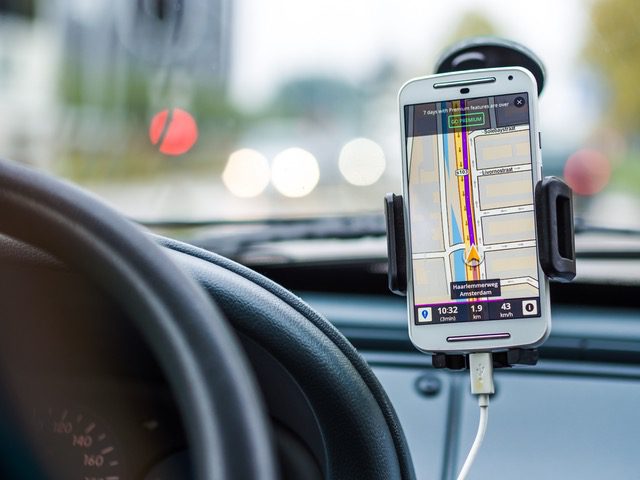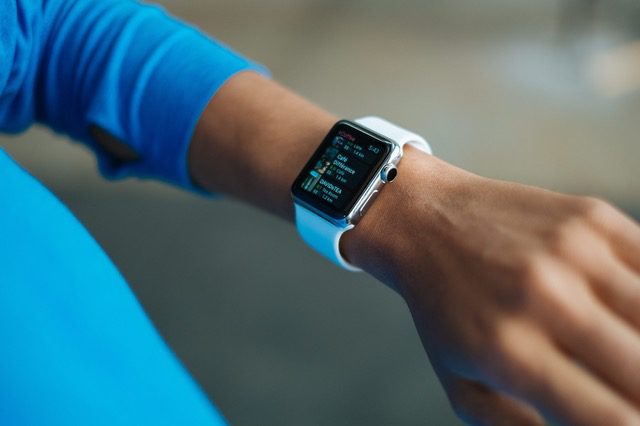 Let’s be honest, today “big data” is sort of a dirty word in the public consciousness. It is associated closely with profit maximization techniques (such as recommendation lists on e-commerce sites and targeted ads), high-profile data leaks and privacy issues.
Let’s be honest, today “big data” is sort of a dirty word in the public consciousness. It is associated closely with profit maximization techniques (such as recommendation lists on e-commerce sites and targeted ads), high-profile data leaks and privacy issues.
People do not like being a bundle of unsecured big data tied to a bank account. They want to be unique. Yet somehow, all the personalization and narrow targeting make them feel just the opposite.
However, big data are not all bad. Some frustrating aspects that are particularly visible create a bad rap for the data science. Here I would like to show the Jekyll side of data science, which amazing effects everyone can experience in his or her daily life.
Logistics
Thanks to big data, virtually everything in our world is running smoothly, because of improved logistics. It is not always visible to the public, but the impact is great. Here are just a few examples.
Airlines schedule flights, predict delays based on precise weather forecasts and estimate the number of seats they are going to need for each direction based on seasonal fluctuations, competitors’ actions, latest social trends or political events. There are also mechanisms that allow them to decide on the class of planes they will need to purchase in the future.
Delivery companies such as DHL, FedEx, UPS, Kuhne+Nagel use big data science to improve their logistic, leading to a better operational efficiency. You expect your delivery to be right on time, exactly when and where you ordered it to be – but this would be impossible without large volumes of data processed and crystallized in the best solutions.
The tool of bid data processing is sitting right now on your desk or in the palm of your hand. Maintenance software we use in our everyday life (like https://macflypro.com/ for Apple devices or http://www.cmcm.com/en-us/clean-master/ for PCs and Android) accesses the processing power of your computer to search, recognize duplicates and match files against each other. And all this at the speed that would be unimaginable a decade ago, making our life even faster.
Big data collection is a major source of consistent and accurate information about a staggering number of factors concerning public health. Big data power the idea of self-learning healthcare programs, which will be able to interpret the data of individual patients: not only their gender, age, weight, and medical history, but also their lifestyle, habits, preferences and give the personalized recommendation about adjustments that would be the most beneficial. Moreover, the programs accumulate this information to provide the basis for many research programs that would never be available without access to all these data.
Today fitness trackers and apps already help people lead a life that is more active, eat healthier and control their weight – and this is only the beginning. Already such devices monitor heart rate, sleep patterns and other vital signs that can be interpreted to serve other healthcare purposes and provide a diagnosis. The best cure is prevention, and with big data science, everyone will be able to keep their health in check.
Face recognition
About ten years ago, when first face recognition algorithms appeared in digital cameras, they would mistake all sorts of things for a human face – dog muzzles, graffiti smileys, even power sockets. Now it is fairly impossible. Why? Because of big data. Algorithms learn by consuming huge amounts of data about what is a face and what is not, what is smile and what is a crack on a wall. The process is similar to the way our own brain works. Look at the babies – first few weeks of her life a baby will smile back to everything remotely reminding of a face. Then, she learns to recognize the features of family members and will be intimidated by someone she sees for the first time.
I agree: today face recognition is not that big a deal. It offers you to tag your friends on social media photos; it enables goofy masks in Snapchat, Instagram and webcam programs. Lots of fun and nothing substantially useful. However, this can be a powerful tool of law enforcement in the future. Already this feature is making its way into security systems – in flagship models of modern smartphone, you may choose face recognition to unlock your device. In future, it can be used to identify suspects and find missing persons.
 Self-driving cars
Self-driving cars
Driverless cars would never happen without years of absorbing exorbitant amounts of data. Now the technology operates using even more data than anyone could predict some years ago. Analytics estimate that one driverless car produces up to 1 GB of data per second, which equals petabytes of data a year just from one vehicle.
Moreover, apart from all the sensors that collect and process data on the go (radars lidars, video cameras, GPS, ultrasonic sensors, etc.), self-piloting cars also use data sent from other cars. It helps them to build a reliable and up-to-date road map. They navigate by data they get. Of course, there is a machine learning that will help autonomous cars to predict a situation based on the limited amount of cues. But then again, what is machine learning? It is a consumption and processing of data that generates experience. The more machines (or humans for that matter) drive, the better they get.
The list is not even close to complete, so I encourage you to give your own examples of how big data makes our life better (not for marketers but for common Jane and Joe).

